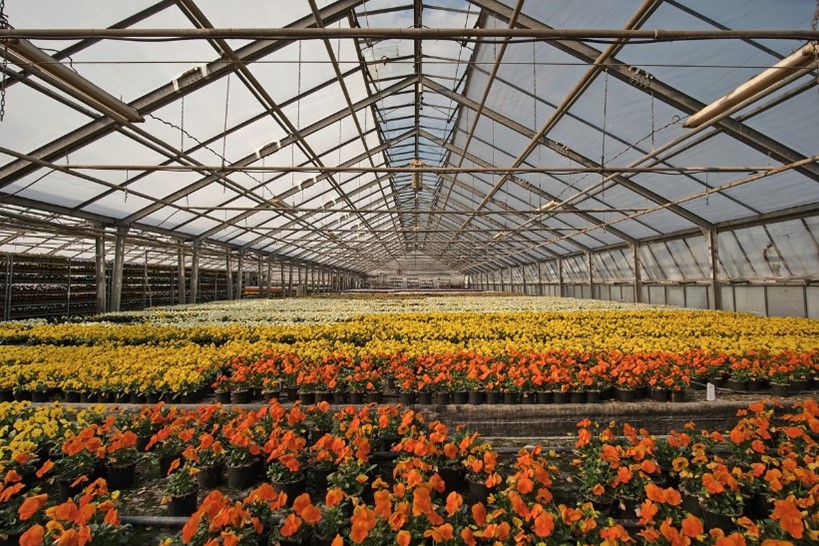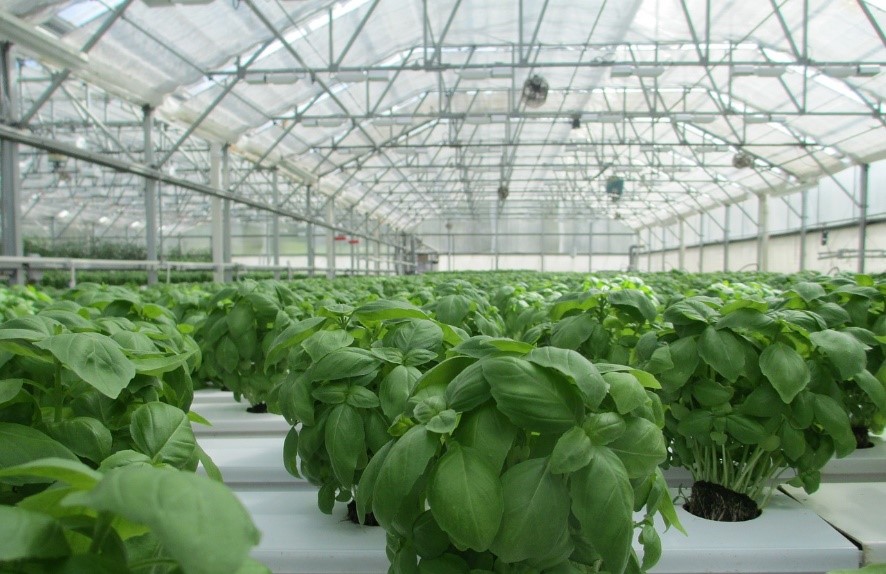

CO2 Enrichment Can Improve Greenhouse Results
Gases / Industries / Insights
Controlled climates provide ideal conditions for plants, flowers, cannabis and produce. A greenhouse lets you create your own microclimate, controlling the temperature, humidity, and atmospheric gas ratio. There is no doubt that carbon dioxide is a very important gas for plants. They essentially inhale carbon dioxide and exhale oxygen. The amount of carbon dioxide in the air varies depending on your geographical location, but on average is 300 parts per million. This is enough for most plants to grow, however when growing in greenhouses, they are competing for limited resources. Carbon dioxide levels drop as all plants are using carbon dioxide for photosynthesis. By adding CO2 to the greenhouse environment (CO2 enrichment), it increases the photosynthesis potential.
CO2 Enrichment Benefits
The benefits of greenhouse CO2 enrichment include:
- – Higher yields
- – Faster growth
- – Improved stem strength
- – Improved health
- – Increased plant biomass
- – Improved water retention in leaves
In an environment that has optimal levels of CO2, growers can increase their plant production while also improving the overall plant quality. This benefits both the grower and the consumer.

CO2 Enrichment Process
There are two primary methods of carbon dioxide enrichment called Compressed Liquid CO2 and Combustion of Propane and Natural Gases. Compressed Liquid CO2 enrichment utilizes smaller cylinders of cryogenic CO2 and is coupled with a vaporizer to emit the gas directly over the plants. Combustion of Propane and Natural Gases is a method for larger greenhouses. Burning propane and natural gas produces CO2, heat, and water, as a byproduct of combustion.
Compressed Liquid CO2: This strategy works best for small greenhouse operations. Cylinders are purchased from a local atmospheric gas distributor. These are convenient and safe to handle. The liquid gas is vaporized using steam, hot water, or a vaporizer. Perforated tubes are located above the plants, where the gaseous CO2 will descend, as CO2 is heavier than oxygen. To prevent CO2 from raining down too harshly, installing air vents will disperse the gas throughout the space.
Combustion of Propane and Natural Gases: This method is most common for larger greenhouses. CO2, heat, and water are byproducts of the non-vented combustion of burning propane and natural gas. In winter, this technique takes the place of heating the building, but in summer it must be counteracted with air conditioning. Carbon monoxide and oxides of nitrogen are also byproducts, so conditions must be carefully monitored.
Grower safety should be a top priority, as CO2 can be dangerous in large amounts. It’s important to maintain appropriate levels and install ventilation systems. Between 1200 and 2000 parts per million is ideal for healthy plants and is safe for workers. Self-regulating machines should be checked frequently throughout the day.

Carbon Dioxide Distributors in the Rocky Mountain Region
At Rocky Mountain Air, we offer cryogenic liquid gas tanks and high-pressure cylinders of carbon dioxide for a variety of industries. Whether you specialize in horticulture, floriculture, or cannabis, CO2 enrichment can benefit your operations. As a leading atmospheric gas distributor in the Rocky Mountain region, we have the capabilities to serve greenhouses in our territory.
At RMA we believe in flawless dependability and our team is here to help you find solutions for your business. We can work with you to evaluate your usage and implement a delivery system that will be the most economical for your business, whether you need high-pressure cylinders or a liquid CO2 tank for a larger greenhouse application. Contact your local branch today to speak with a representative. We look forward to serving you!



